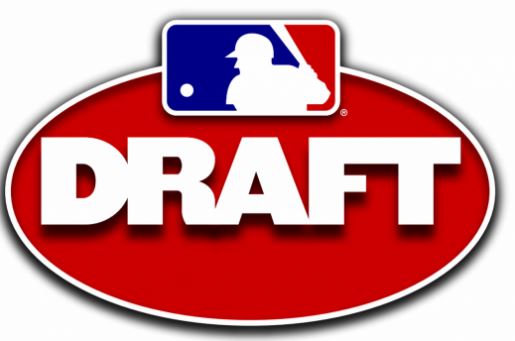The following article appeared in the Topeka Capital-Journal on June 7 – you can read it by clicking here.
“He could do for the Kansas City Royals what Patrick Mahomes has done for the Kansas City Chiefs.”
Those words, spoken by MLB commentator Jim Callis, were his way of hyping the Royals selection of Bobby Witt, Jr. in the first round of the amateur draft last Monday. Regardless whether Callis’ comment excited, or merely confused, Royals fans, he couldn’t have set the bar much higher.
To elaborate on Callis’ comment, he was essentially saying that Witt, a high school shortstop from Texas, would not just become a great baseball player. He would be lovable and larger than life. He would be must-see TV. He would become not just the face of a franchise, but of a city.
Believe it or not, that wasn’t the only thing that happened in the draft for the Royals. It only seemed like it.
Shortstops aren’t quarterbacks: The comment by Callis is an odd one to say the least. In fact, comparing a player drafted in baseball to one drafted in just about any other sport doesn’t make sense. NFL and NBA players are immediately added to the team’s roster, brought to camp and offered a chance to make a difference immediately. What they do will be observed from day one by the entire fan base. Baseball players are drafted mid-season, and then placed on the roster of some minor league team. In Witt’s case, it will be to a team whose games are watched by just a handful of people in person and a few others on video. It might be three years or longer before Witt is seen in Kauffman Stadium. In fact, there is a chance he will never reach the major leagues. That’s just how baseball works.
Can a baseball position player who bats only four times a game on average have anywhere near the impact on a franchise that a quarterback who touches the ball on every offensive play has? Not likely. But rather than criticize Callis for excessive hyperbole, let’s appreciate that a veteran analyst thinks that highly of Witt.
Where will Witt play?: The question has two responses. What position will he play, and at what level will he start?
It’s taken a little longer than expected, but Adalberto Mondesi is establishing himself as one of the most dynamic shortstops in all of baseball. His combination of speed and power is almost unmatched. He might very well be a fixture at shortstop in Kansas City for the next decade or longer.
So what does drafting a shortstop in Witt mean for the future? Royals fans need not worry about that for quite some time. It will take at least two years before Witt is considered ready for the big leagues. Probably longer.
At that point, there would be options. Mondesi, who is under contract through 2023, has played second base, and could move there. Witt could probably shift to third base pretty seamlessly. There is a chance the Royals would trade Mondesi rather than try to resign him. There are too many possible scenarios to necessitate worrying about the problem now. Besides having too many superstar shortstops is a fine problem to have.
As for where the Royals will place Witt, it will most likely be with one of the short-season teams at Burlington (North Carolina) or Idaho Falls. Both those teams’ seasons begin in mid-June and run for about 10 weeks, leaving a little time for a late-season promotion. Witt will turn 19 next week, so the Royals probably would like to see him move quickly through the lower levels.
Another shortstop?: As if there wasn’t already some concern that Mondesi and Witt will someday compete for the same position, the Royals also used their second pick on a shortstop, Brady McConnell from the University of Florida. McConnell played only one full season at Florida, so the Royals drafted him more based on his tools. Kansas City scouting director Lonnie Goldberg actually likened McConnell’s skills to those of Witt.
McConnell just turned 21, and could probably begin the season at least two levels above Witt, perhaps at high-A. Depending upon how quickly the two move through the system, one shouldn’t impede the other’s progress anytime soon. Again, you can never have too many elite shortstops.
The old college try: The Royals made 41 total selections in the draft. The 15 picks immediately following Witt were all college players. After using their first 11 picks on college players last year, this is definitely a trend. Some have wondered if the Royals are trying to speed up their rebuild by drafting older players. Others have speculated that the Royals believe scouting college players requires less projection and is therefore a more exact science. Some have even called it a mere coincidence. Whatever it is, the Royals seem to be stocking up on players more prepared to play at the higher levels of the farm system.
The Royals are really going heavy on college pitchers specifically. Last year their first 22 pitchers selected were all from colleges. This year, their first 23 pitchers were from the college ranks.
A local product: Four times, the Royals passed on Seaman product Ryan Zeferjahn, who was chosen by the Boston Red Sox with the 107th pick. But the Royals did take Gardner Edgerton product Jake Means with the 649th selection. The younger brother of Baltimore Orioles pitcher John Means, Jake is a third baseman at Indiana State.
